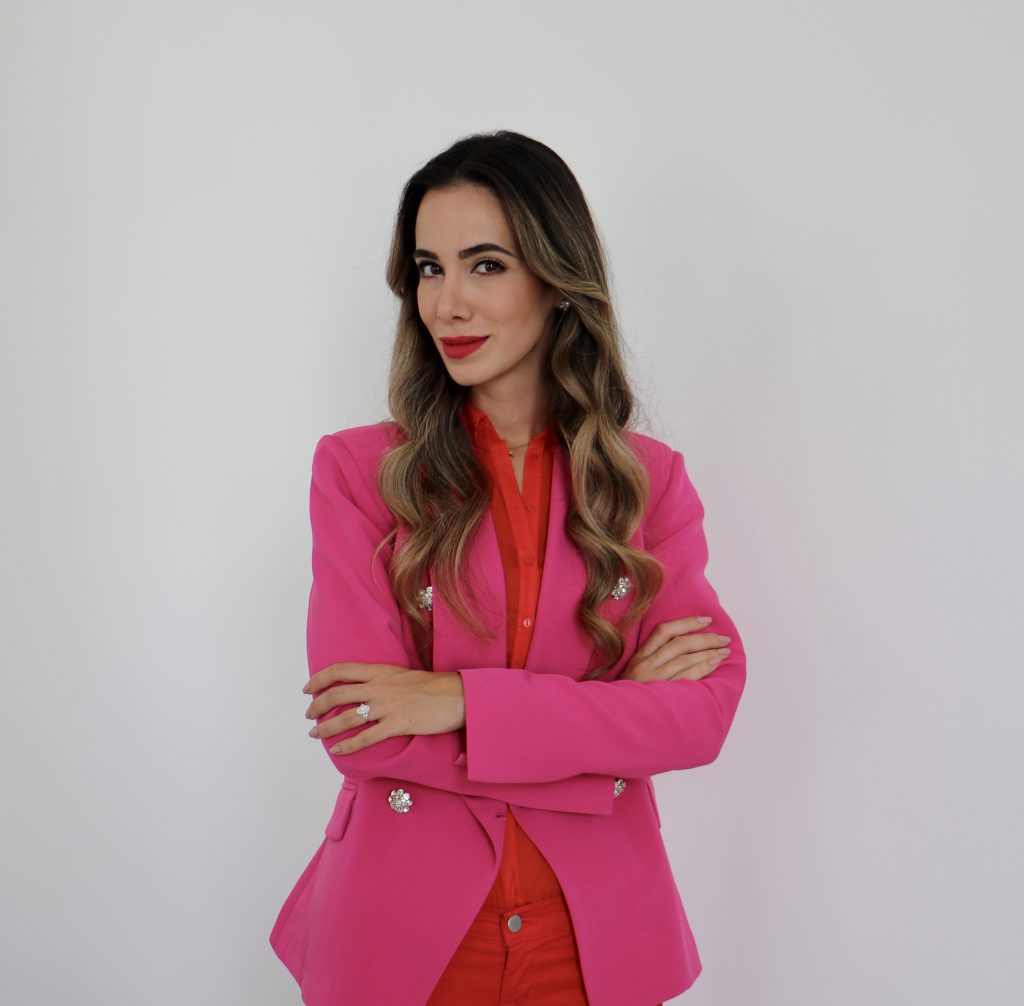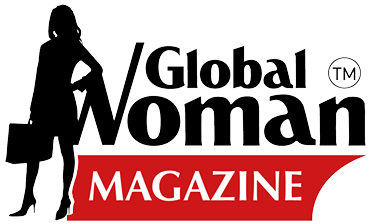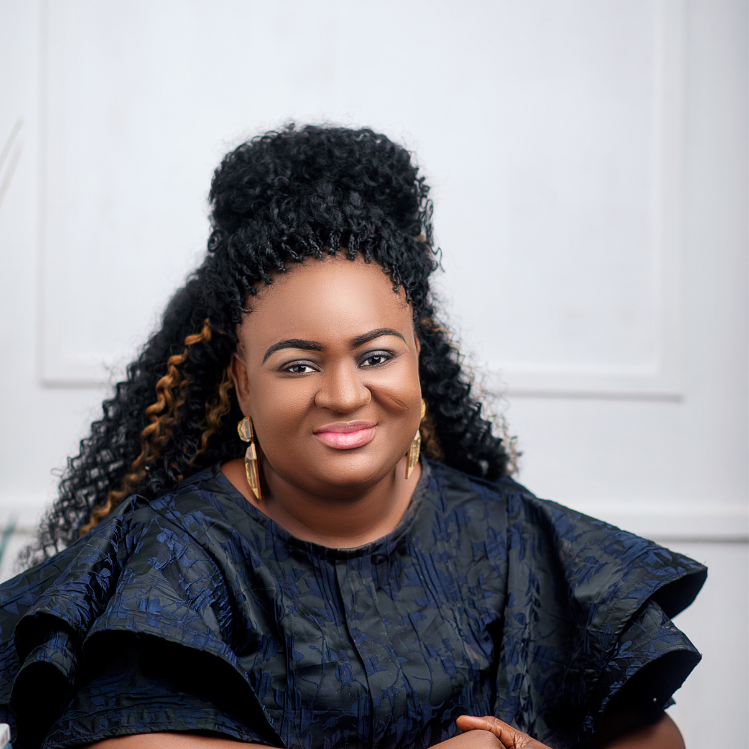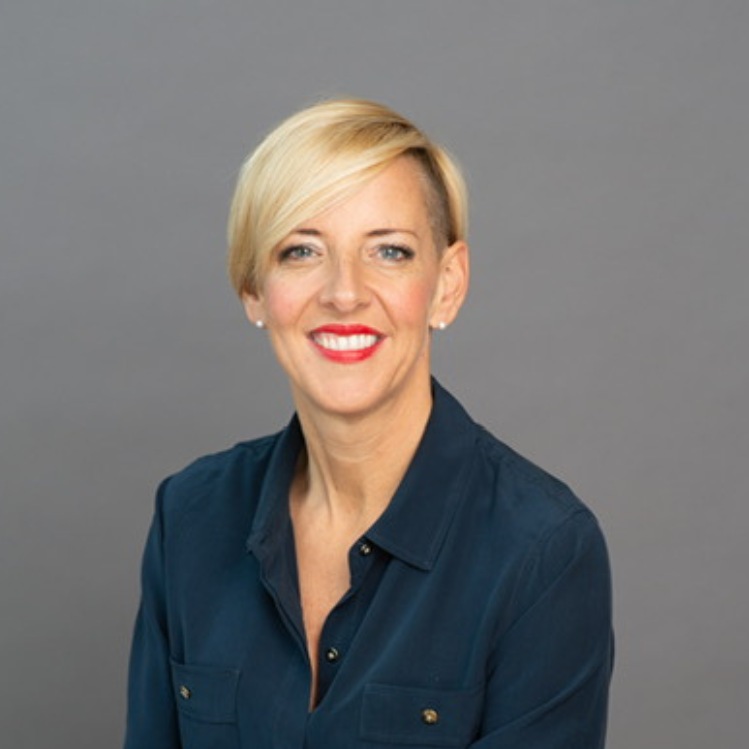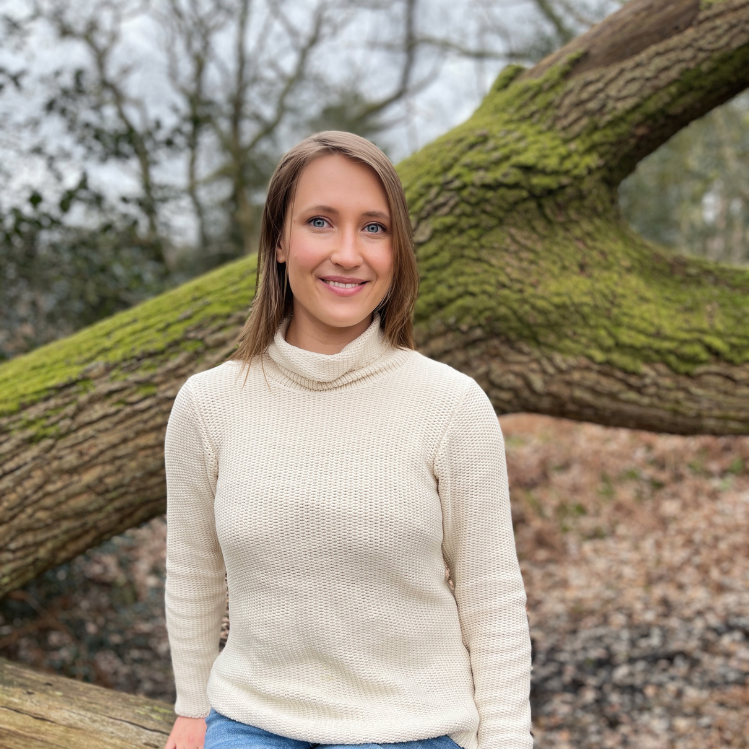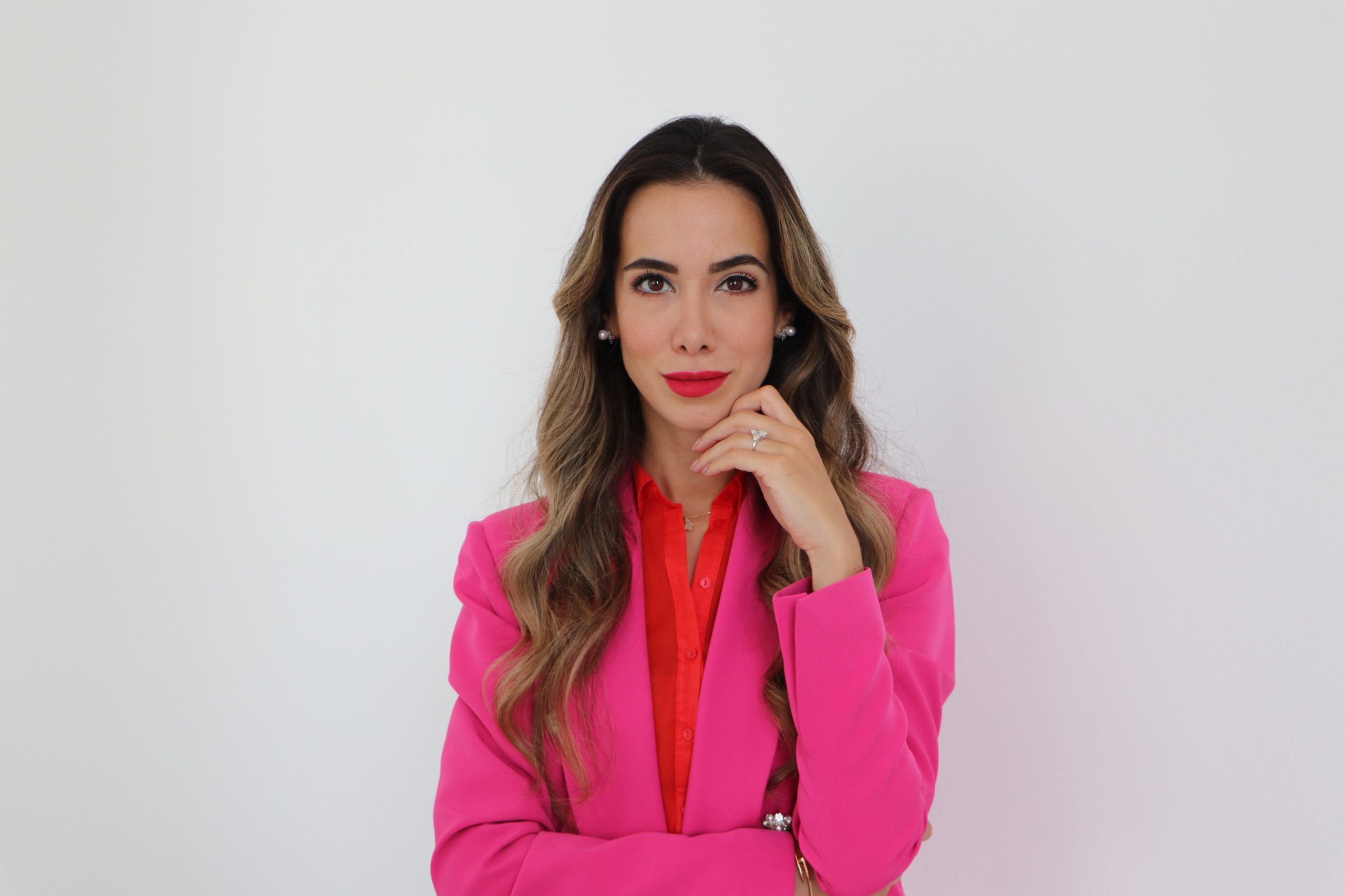
Award-Winning Journalist Tara Kangarlou: Navigating Two Estranged Worlds Through Storytelling
By Sujany Baleswaran
For award-winning journalist Tara Kangarlou, storytelling is a craft more intricate than we perceive. Taking a front seat as history unfolds, the author and humanitarian has captured stories from thousands of miles away, shedding a light on the nuanced and complex realities of everyday lives. With the conflicting identity of ‘proud Iranian and proud American’, Tara has navigated two estranged worlds through the art of storytelling. A passionate force for crossing divides, building bridges and giving a voice to the voiceless, Tara Kangarlou is an expert on the global refugee crisis, MENA region and international affairs, having reported, written and produced breaking news, investigative pieces, and broadcast stories for some of the major broadcasting channels in the world.
Let’s go back to the beginning – how did your career in journalism begin?
I was born and raised in Iran and spent the latter half of my life in the US. From a young age, storytelling was an effective way for me to navigate two estranged worlds. Also, my father was a well-respected oral surgeon in Iran, and I grew up watching him use his profession as a form of public service and the many ways he gave back to the community. I pursued journalism because I truly believe it to be a form of public service. For me, journalism and storytelling is a craft – a tool to take people to faraway places and shed light on the issues that shape, impact, and influence the lives of not just your immediate community but others around the world. That for me is one of the most humbling opportunities in life — the ability to have a front seat when history unfolds, to listen and capture some of the deepest and most profound events that impact people’s lives around the globe and to be able to tell those stories to others thousands of miles away. The only advice I’d have for any aspiring journalist — whether it’s broadcast, digital, or print — is to be passionate about this “craft”, have the courage to speak truth to power, understand the huge responsibility of tackling each story with accuracy, fairness, and trust, and ultimately remember that your success in the field should not come at the expense of another person’s failure.
The media and journalism world is a challenging and competitive industry. What are some of the barriers you have faced on your journey?
Unfortunately, I was one of the few Iranian-Americans in the mass US media at the time. You had Christiane Amanpour, but obviously, I didn’t have her on the speed dial to call and get support from (laughter); nor was I able to really seek her mentorship during my time at CNN as she was based in London for the most part. There were very few other Iranian women in that space, and in the spirit of transparency, I must say that I never got the support that I needed from them during my early years entering the US television landscape. Somehow, the consensus to this day remains that my success cannot come in tandem with someone else’s or that her success equals my failure. Unfortunately, this was the attitude I faced by so many of my female colleagues – especially those of Middle Eastern heritage and the very few Iranians who, unlike me, were born and raised in the US. I really didn’t have an easy time breaking into the media world — lessons that have emboldened me to be a more tenacious advocate for inclusivity, kindness, and fair play in the media industry. I also must admit that some of my biggest supporters were seasoned journalists like my first boss Frank Snepp and later on Wolf Blitzer at CNN. Believe it or not, my biggest mentors, allies, and supporters were older white men; and my worst supporters were women — both older and more senior, and those my age.
You were born in Iran and raised in the USA and describe yourself as a ‘proud Iranian and a proud American’. Can you tell us more about your experience as an immigrant? Did you ever experience a conflict in identity, whether this was a personal thought or triggered by those around you?
As you mentioned, I was born and raised in Iran until I was around 16 years old and moved to the US to finish high school and then later college and graduate school. I became an immigrant by choice and therefore was able to stay connected to my roots in Iran by continuously going back and forth until I started to fully immerse myself in my work as an “American journalist”, which now prevents me from going back feeling (the sad irony of it all). I do believe that in the United States – based on my experience and observation – you somehow have to give up your heritage and ethnic identity in order to become fully “Americanized”. I always quarrelled between my efforts to preserve my Iranian heritage while becoming an American. I suppose this was a hard conundrum to overcome given the immense amount of negative stereotypes that exist toward Iran – the global community’s lack of understanding toward Iranian culture and heritage, and their inability to distinguish between the Iranian people and the country’s current government. I, therefore, from an early age, started to take whatever opportunity that presented my way to defy these bigoted and negative stereotypes toward Iran and Iranians, and in other ways prove that you can be as Iranian as American, and find so much common grounds in these two different cultures and geographies.
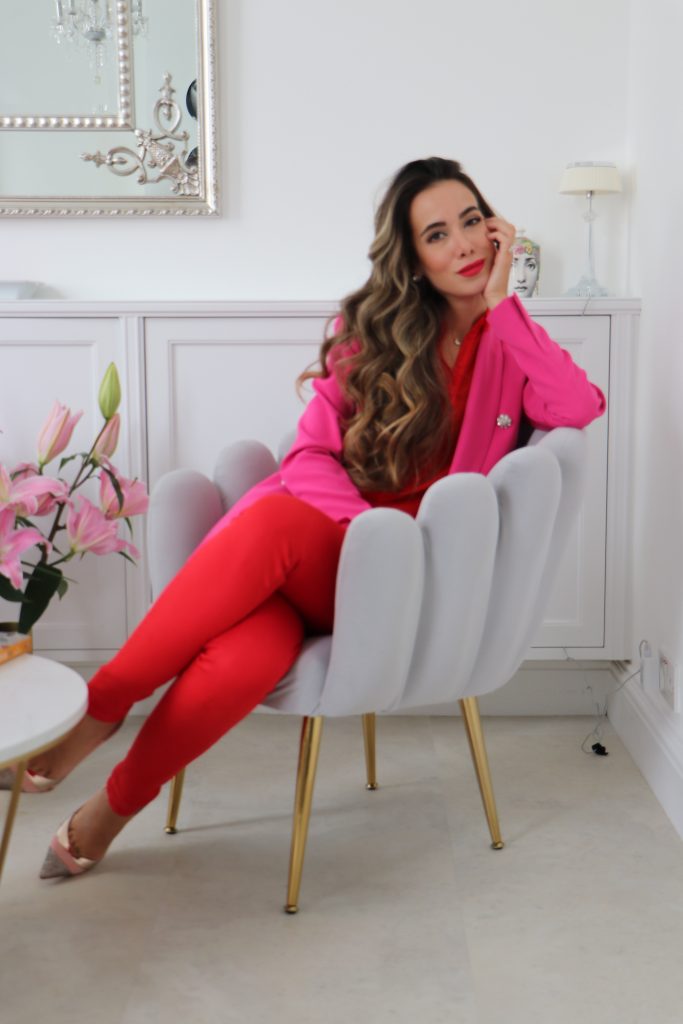
Your debut book, The Heartbeat of Iran, captures intimate and personal stories of everyday Iranians. What inspired you to write this book? What did your writing process look like?
For most of the world, Iran is only seen through the prism of news headlines, politics and its current government, to such an extent that so many westerners (especially in the US) think that Iran’s history begins in 1979. Iran is a country of 80 Million human beings rather than 80 Million nuclear heads, and that’s a distinction so many people fail to make. Iran is one of the oldest civilizations in the world with culture and heritage that extends three millennia; therefore, it’s only fair to look at this country and its people through a deep, nuanced and multifaceted lens, and focus on its real people in an effort to understand this complex nation and society. It’s only then that we can have an accurate understanding of Iran and Iranians.
For many decades, the dominant narrative through which the world sees Iran has been a dark, militarized, and inhumane agenda focused on the country’s government and their rogue behaviour instead of the many millions of ordinary Iranians whose hopes and dreams, fears and aspirations mirror that of millions of others worldwide.
The Heartbeat of Iran is not just a collection of personal profiles nor a rosy picture of the country; but rather, it’s a multi-faceted narrative that exposes an Iran within Iran, within Iran, within Iran, through the realities of life of its ordinary citizens, which allows you to consequently separate them from their government.
Every single chapter unpacks layers of social, cultural, historical, artistic, religious, and at times political nuance that is not commonly known by western readers, and more so, rarely talked about in the mainstream media. At a time when the world is grappling with so much bigotry, populism, and social/racial divides, I felt the need to bring out people’s “shared humanity” through storytelling — in this case, the people of Iran. So in short, my own personal immigrant journey and the constant battle with dismantling the dominant and often negative stereotypes against Iranians entwined with my work as an American journalist, and witnessing the very narrow lens into Iran, were among the principal reasons as to why I decided to write this book. Lastly, it took four years of reporting, research, and writing to bring the book to life – a daunting and challenging process – but one that I hope will help shed a nuanced light on this diverse and complex nation.
How important was it for you to show a different narrative of Iran that is disregarded by the media? What are some of the misconceptions that we often see circulating the West?
Unfortunately, anything that has been produced on Iran since 1979 — whether be in Hollywood, mass media, or the news — has often solely focused on the hostage crisis, the nuclear issue, and the “rogue” behaviour of the governing regime. As a journalist, I fundamentally believe that stories should be about “people” and no matter where I’m reporting from, I do care about understanding the intricacies of life through the realities of life of its everyday people. And that’s what I aimed to produce with my book—the ability for my readers to see Iran beyond the “stereotypes” and the one-dimensional narratives that exist, and ultimately understand that this nation and its history didn’t just start in the winter of 1979.
Ultimately, I believe that if we don’t tell our own stories, someone else will tell that story for us, and it may not be a story that we like, nor one that is accurate. So as an Iranian woman, I felt the need to do so. As an American journalist, I saw the void and was fortunate to know how to use my craft to make it palpable to my audience in the west. For a country that has over 3000 years of history, I don’t think it’s fair that the American viewers strictly associate Iran and Iranians with “rogue behaviour”, “Hezbollah”, “a nuclear bomb”, or an angry-looking man whose name they can’t even pronounce. In tandem, even though I was a US citizen since birth and travelled back and forth since early on — I still found myself having to constantly explain and at times defend my identity and upbringing in Iran.
You see, the book is a multi-faceted narrative that exposes an Iran within Iran. For instance, when you read about Hassan Rezania, you don’t just get to learn about a saffron farmer, but rather get to understand the country’s environmental challenges, the devastating impact of sanctions along with domestic corruption on the economy, the struggle of keeping the past and striving for a new life, and ultimately a young man’s devotion for his family business and an industry that’s part of the fabric of Iran’s history. Or, in the story of Sima Raisi, you don’t just get to read about a young girl’s journey in the poorest state of Iran, but rather, you get to understand how a young blind girl has strived to receive her PHD while defying all odds in her traditional Sunni community, all the while having the support of her conservative father.
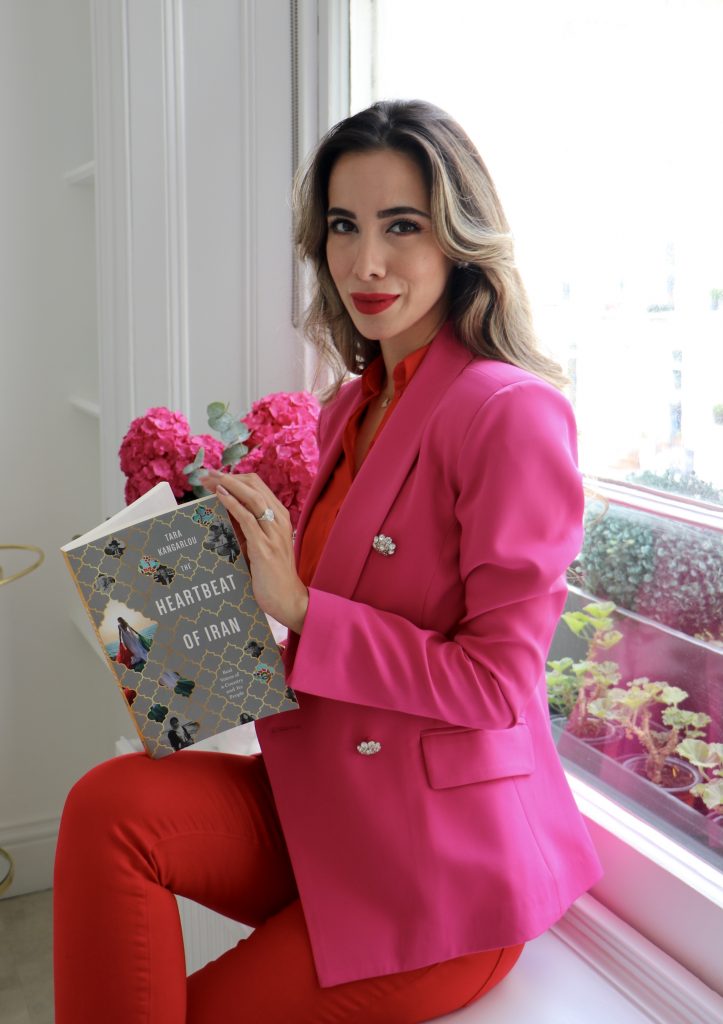
The Heartbeat of Iran offers a wide range of stories, different cultures, beliefs, and experiences. Were there any stories that you wished you could have included in this book but were unable to?
I initially interviewed 37 individuals and wrote about 30 profiles; however, per my publisher’s request, we had to end up cutting the chapters and picking about 24 people due to length. Otherwise, the book would have been too thick and heavy to produce on a mass level. The process of cutting out stories and picking those that’ll stay in was no easy task. There are so many issues, experiences, stories, and moments that I wanted to capture in my book, but I hope those who made the cut can help paint a broad, complex, and nuanced picture of this colourful country with all the existing challenges and struggles.
How important is diverse storytelling, and how does it impact government decisions and policymaking?
I think it’s fair to say that conflict often ensues when two people’s or two party’s beliefs, values, and intentions are anonymous or unclear to one another. Not knowing creates fear, and fear creates tension, and that tension can eventually turn into rage, conflict, and war. However, when people in the US or anywhere else in the world learn about the realities of life of their counterparts (the people) in another country, there is only good that can come from that people-to-people exchange, and that newly gained perspective and outlook. As Kazuo Ishugaru so eloquently said in his Nobel acceptance speech – “stories are about one person saying to another: This is the way it feels to me. Can you understand what I’m saying? Does it feel this way to you?”
I truly believe that if policymakers learn of the “human stories” of whatever country it is that they’re dealing with, they will be equipped to make more astute decisions, that if not beneficial for the people, at least won’t be to their detriment. In the case of Iran, when you see a blanket travel ban, or the impact of sanctions on ordinary people – especially the sick and the vulnerable – or the marginalization of Iranians on a global stage because of the lack of a deep and nuanced outlook toward the Iranian people, you can see and feel the lack of concern for the people in policymaking.
When policymakers know of a country’s people and are able to distinguish them from their government, that’s when they can make better decisions. When policymakers see a nation through a “humanized” lens rather than a “militarized” regime, that’s when they can forge a path to long-lasting change.
Finally, what does women empowerment mean to you? How much does female empowerment play a part in your work as an author and journalist?
Women empowerment, in my mind, is a way of life. It’s a lifestyle through which you don’t see your success at the expense of someone (especially another woman’s) failure; that you inherently see a win-win opportunity when a fellow woman rises above, charges on, and pushes forward. It’s the ability to put forth kindness, empathy, and strength in your personal and professional experiences and fundamentally be authentic in your preaching. Women empowerment is not talking the talking, but walking the walk — with the knowledge that your values can pave the way for a more inclusive, tolerant, and vibrant next generation of women as well as men.
